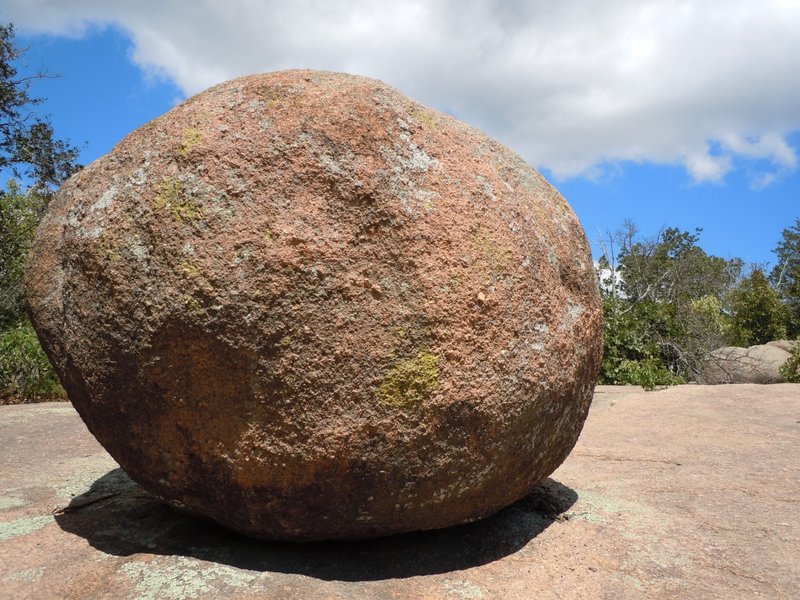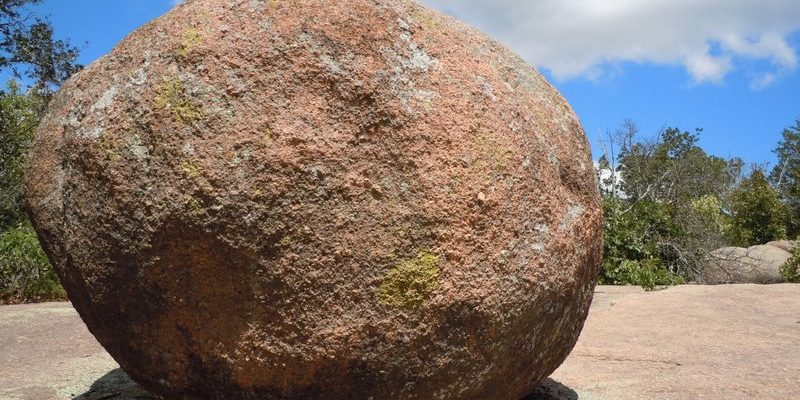
You might be wondering: are rock hyraxes endangered? The truth is, their situation is a mix of both hope and concern. Various factors play a role in their survival, from habitat loss to climate change. In this article, let’s dive deeper into the world of rock hyraxes, uncover their conservation status, and discover what efforts are being made to ensure these quirky creatures continue to thrive in the wild.
What Are Rock Hyraxes?
Rock hyraxes, also known as procavia capensis, belong to an ancient group of mammals called the afrotherians. These little creatures are more closely related to elephants and manatees than to rodents, despite their rodent-like appearance. Measuring about 12 to 30 inches long, they’re small enough to blend into their rocky surroundings, making them quite the expert hiders.
You might see them lounging in large groups on sun-soaked rocks, where they enjoy basking in the sunlight. Their social structure is fascinating too; they live in colonies of up to 80 individuals, clearly thriving in a community-oriented lifestyle. These little guys are herbivorous grazers, munching on grass, leaves, and fruits. They play an essential role in their ecosystem by helping with seed dispersal, and they serve as a food source for predators, such as eagles and leopards.
Current Conservation Status
So, where do rock hyraxes stand in terms of conservation? According to the International Union for Conservation of Nature (IUCN), rock hyraxes are currently listed as Least Concern. This means they’re not immediately facing extinction, which is encouraging news. However, that doesn’t mean they’re entirely out of the woods.
Different populations face varying degrees of threats. In some regions, habitat destruction due to urban development, mining, and agriculture can push them toward the brink. You might be thinking, “How serious can habitat loss be?” Well, even small changes in their environment can impact their food supply and safety.
Threats to Rock Hyraxes
While the rock hyrax’s conservation status is somewhat stable, multiple threats still loom, and understanding them is crucial. Here’s a closer look:
- Habitat Loss: As more land gets cleared for farming and development, rock hyraxes lose the rocky outcrops they rely on for shelter and safety.
- Climate Change: Changing weather patterns can alter their habitats and food sources. For instance, drought can make it harder for them to find fresh vegetation.
- Predation: With fewer safe spaces to hide, increased predation from natural predators becomes a bigger threat.
- Human-Wildlife Conflict: In some areas, locals may see rock hyraxes as pests, leading to culling or displacement.
It’s like a chain reaction—a small change in one part of their environment can have a ripple effect, leading to significant challenges for their survival.
Conservation Efforts and Success Stories
Despite these challenges, there’s good news on the horizon. Various conservation efforts are already underway to protect rock hyrax populations and their habitats. For instance, wildlife reserves and national parks play a pivotal role in safeguarding these animals. Protected areas help maintain their natural environments, allowing them to thrive without the immediate threat of human encroachment.
In South Africa, organizations focused on preserving the region’s biodiversity have initiated projects aimed at educating the public about rock hyraxes and their role in the ecosystem. These programs often involve community participation, encouraging locals to see the benefits of protecting their wildlife.
Another promising initiative is the extensive research being conducted on their behavior and habitat needs. By understanding what rock hyraxes require to flourish, conservationists can make more informed decisions about land management and habitat restoration.
What Can You Do to Help?
You might think, “I’m just one person; how can I make a difference?” Well, every little bit counts! Here are a few ways you can contribute to rock hyrax conservation:
- Support Conservation Organizations: Donating to wildlife charities that focus on African wildlife can have a tremendous impact. They often work on the ground and implement change.
- Spread Awareness: Share what you learn about rock hyraxes! The more people know, the better chance these animals have.
- Respect Nature: When visiting habitats that may house rock hyraxes, stay on trails and avoid disrupting their environments. Every step matters!
- Advocate for Sustainable Practices: Support local and global initiatives that promote sustainable land-use practices, ensuring wildlife has a home.
By standing up for rock hyraxes, you’re also contributing to the larger fight for wildlife conservation, creating a healthier planet for all.
The Future of Rock Hyraxes
Looking ahead, the future of rock hyraxes depends on a combination of conservation efforts, public awareness, and sustainable practices. While they’re not currently classified as endangered, that status can change rapidly if we don’t pay attention.
Each day, new challenges arise from habitat destruction and climate change. However, by supporting organizations dedicated to wildlife conservation and spreading awareness, we can help keep the rock hyrax population stable.
In a world where many species face extinction, it’s vital to remember that every creature matters. Rock hyraxes may not be the most famous animals out there, but they play an essential role in their ecosystems, and protecting them helps ensure a balanced natural world.
If you feel inspired to do your part, take a moment to learn more about these delightful creatures and consider how your actions can contribute to a brighter future for rock hyraxes and all wildlife.
In conclusion, while the rock hyrax is currently not endangered, the looming threats highlight the need for ongoing conservation efforts. By focusing on preserving their habitats and raising awareness about the challenges they face, we can help ensure these fascinating animals remain a part of our world for generations to come.

